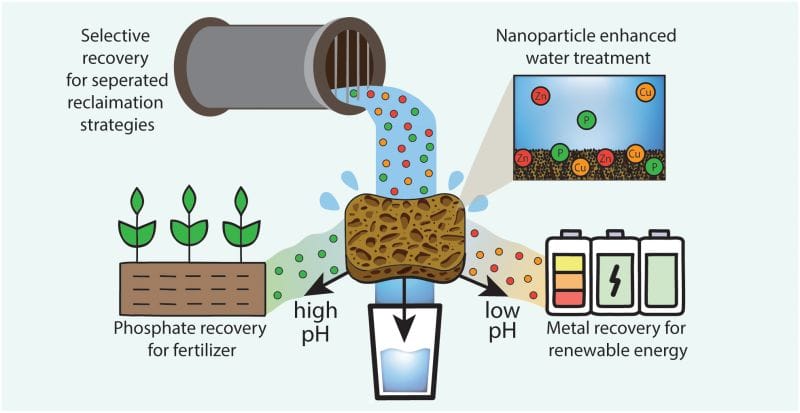RSS feed source: US Energy Information Administration
In-brief analysis
May 6, 2025
Data source: U.S. Energy Information Administration, Petroleum Supply Monthly; company announcements and trade press
Note: Other Biofuels includes sustainable aviation fuel (SAF), renewable heating oil, renewable naphtha, renewable propane, renewable gasoline, and other emerging biofuels that are in various stages of development and commercialization. SAF production capacity is an estimate based on company announcements and trade press and only includes hydroprocessed esters and fatty acids (HEFA) SAF. We do not publish SAF production capacity data.
Sustainable aviation fuel (SAF) production is growing in the United States as new capacity comes online. U.S. production of Other Biofuels, the category we use to capture SAF in our Petroleum Supply Monthly, approximately doubled from December 2024 to February 2025.
SAF is an alternative to petroleum jet fuel. It’s produced from agricultural and waste feedstocks
Click this link to continue reading the article on the source website.



